Magic lantern
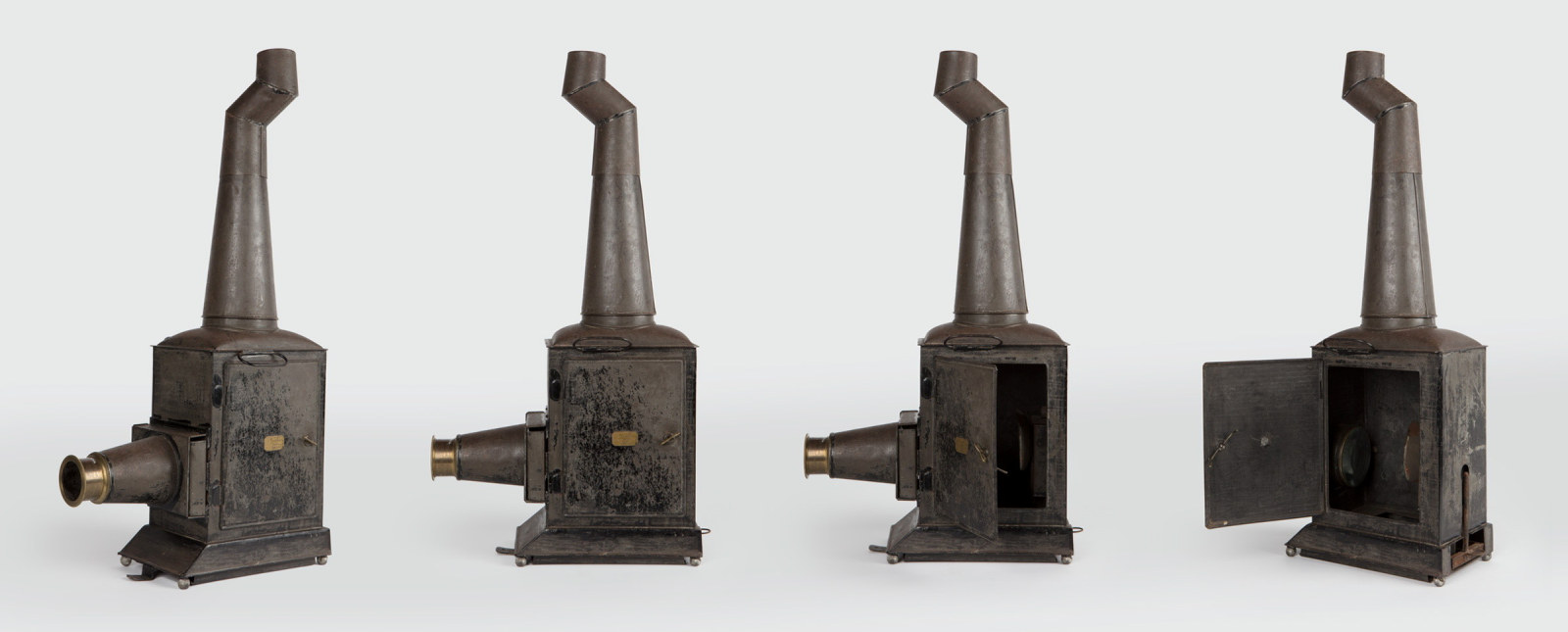
Magic lantern at Rouse Hill Estate
The Rouse Hill House magic lantern is a mid-19th century example of a form of image projector which dates back to the 17th century
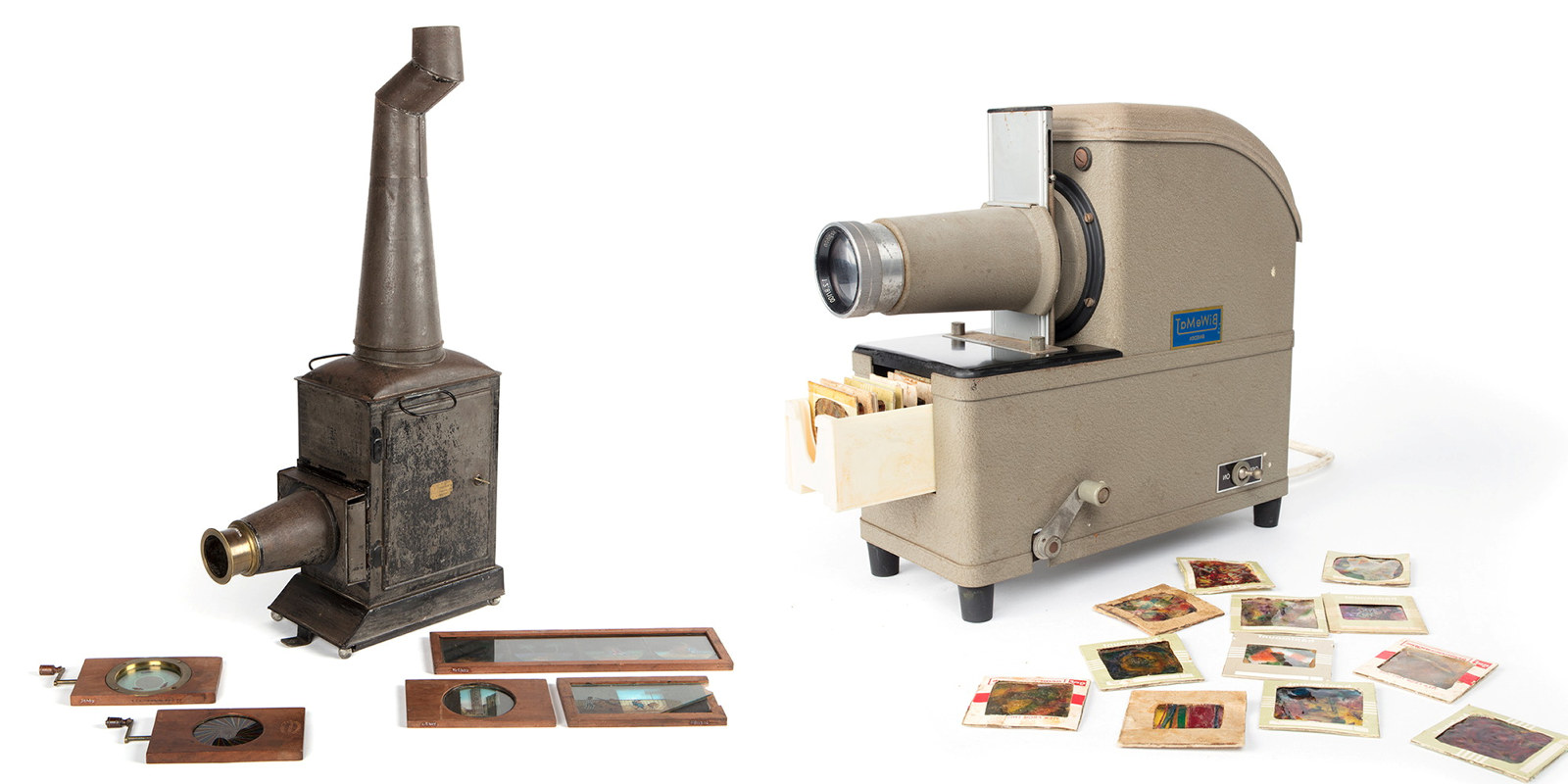
Projected across time
In the late 1960s, John Terry, then a young man living at Rouse Hill Estate, composed avant-garde music which he set to abstract projected images, and performed at various locations in Sydney
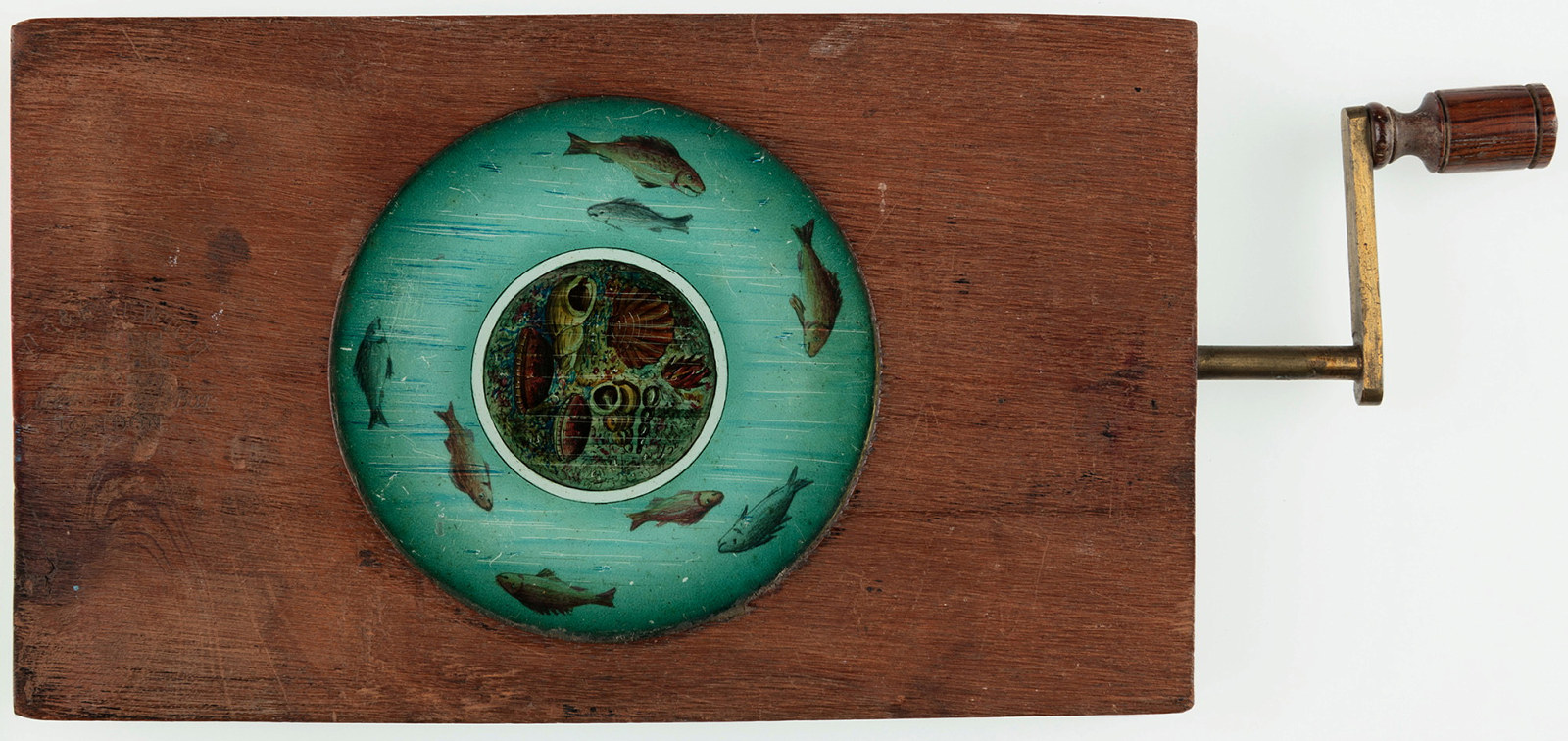
Animated comic sliders for magic lantern
The magic lantern was a popular entertainment technology in the 19th century used to project stories and comic scenes.
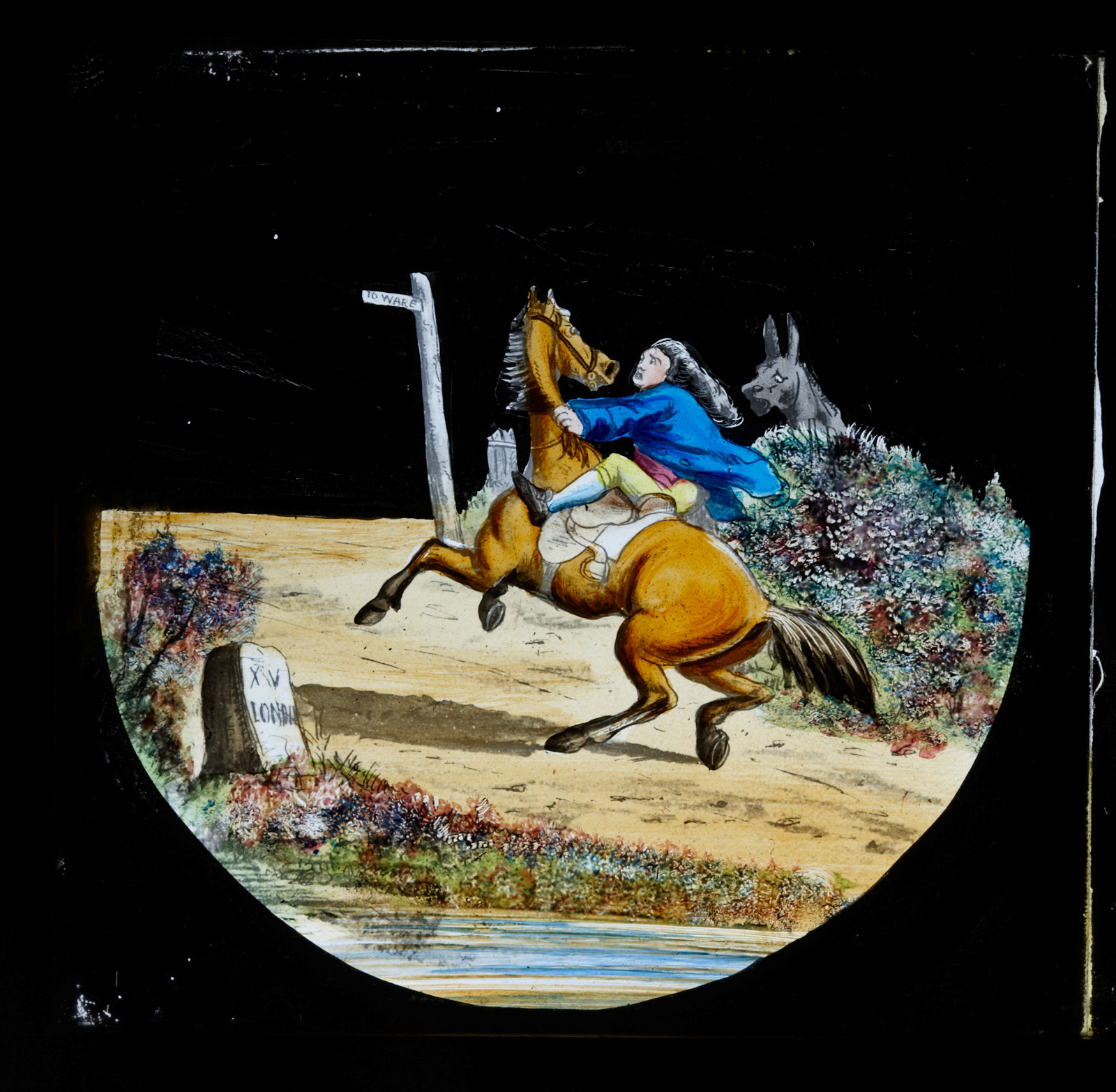
John Gilpin’s Ride
The fictional story of John Gilpin and his misadventures on a runaway horse was originally written as a comic ballad by English poet William Cowper in 1782
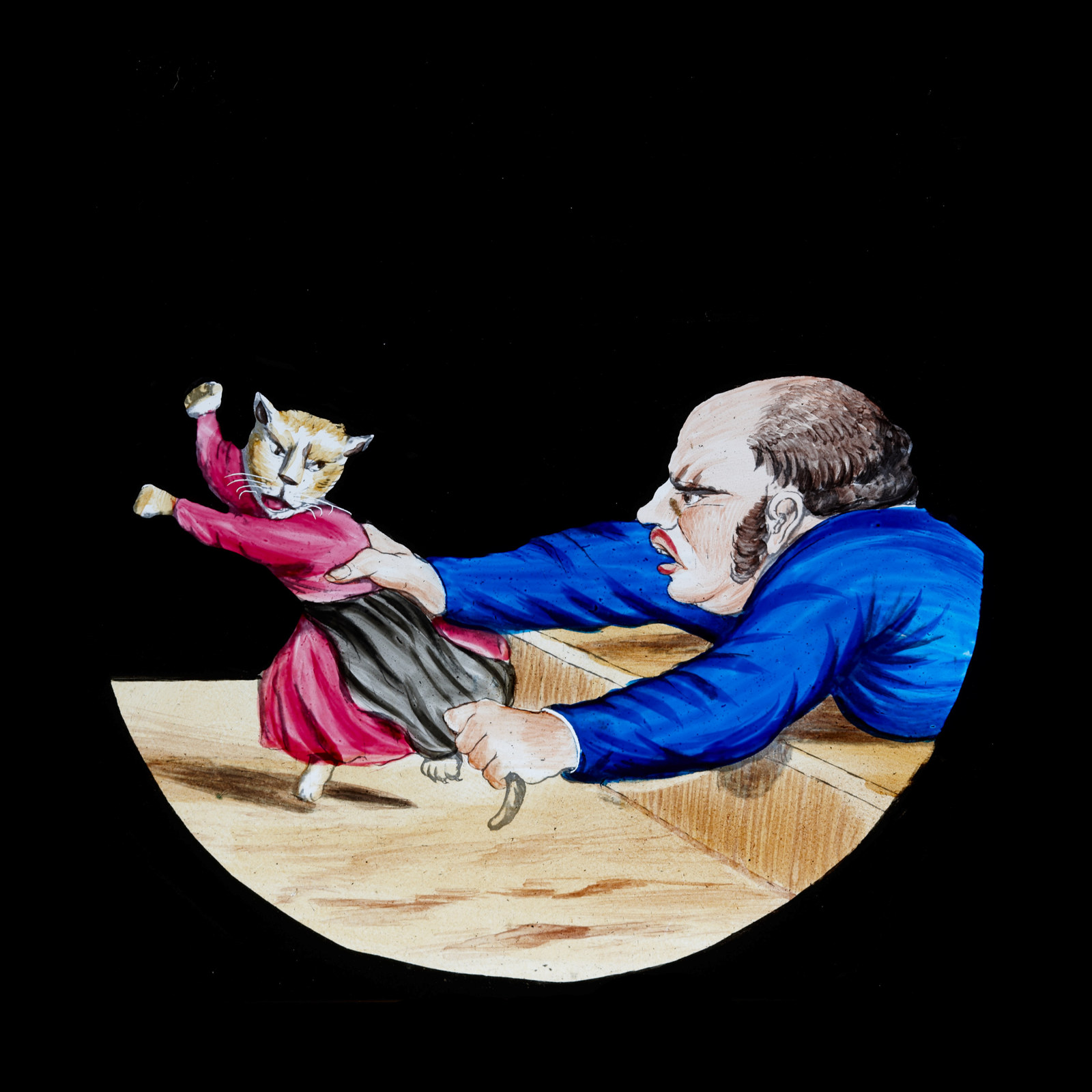
Pussy’s road to ruin
‘Pussy’s Road to Ruin’ is not a comic story but a cautionary moral tale for children
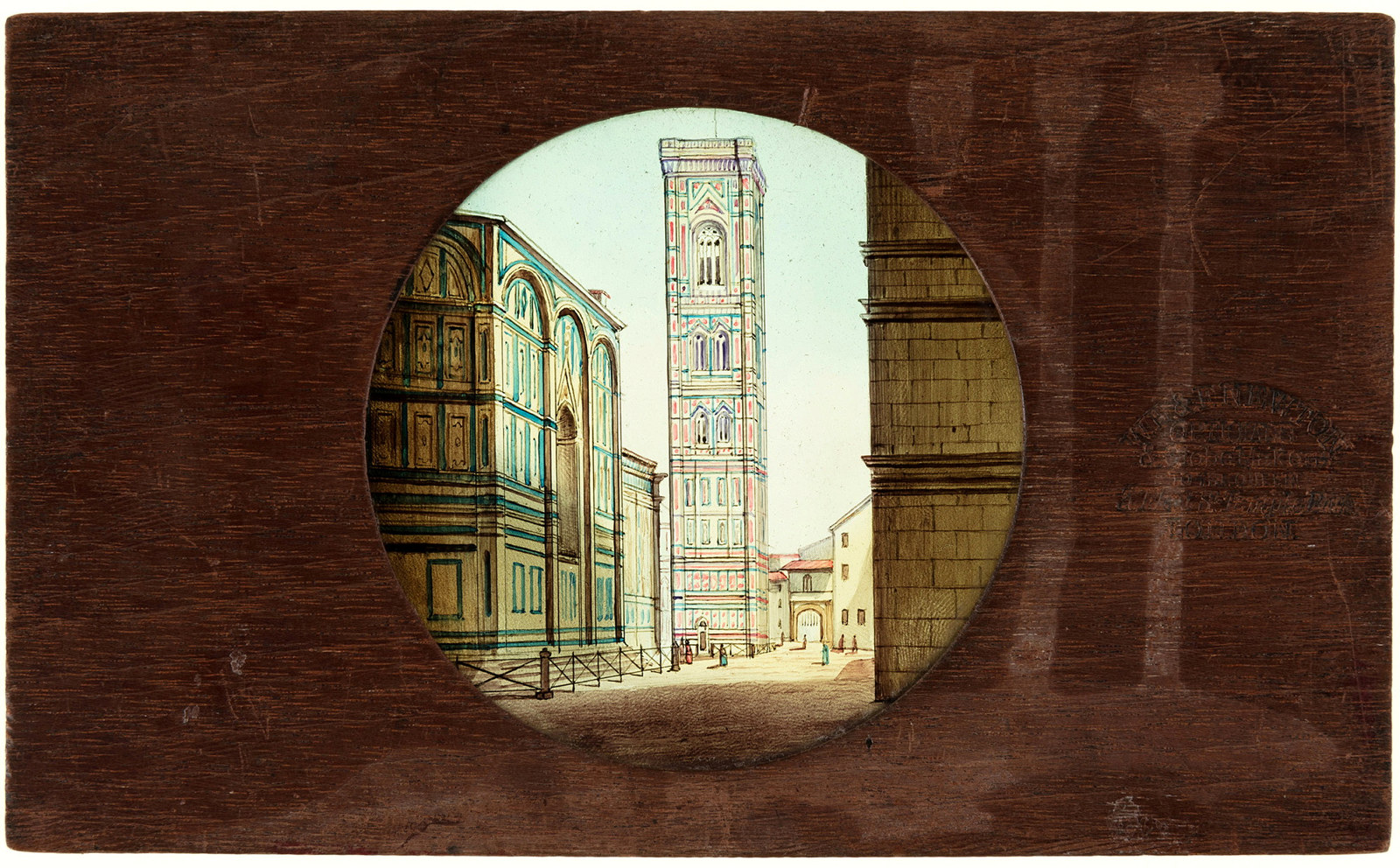
Other lantern slides
As well as moveable comic slides the Rouse Hill Estate collection includes two examples of another type of mechanical slide: slides that incorporated a rack and pinion mechanism to create the circular movement of one slide over another
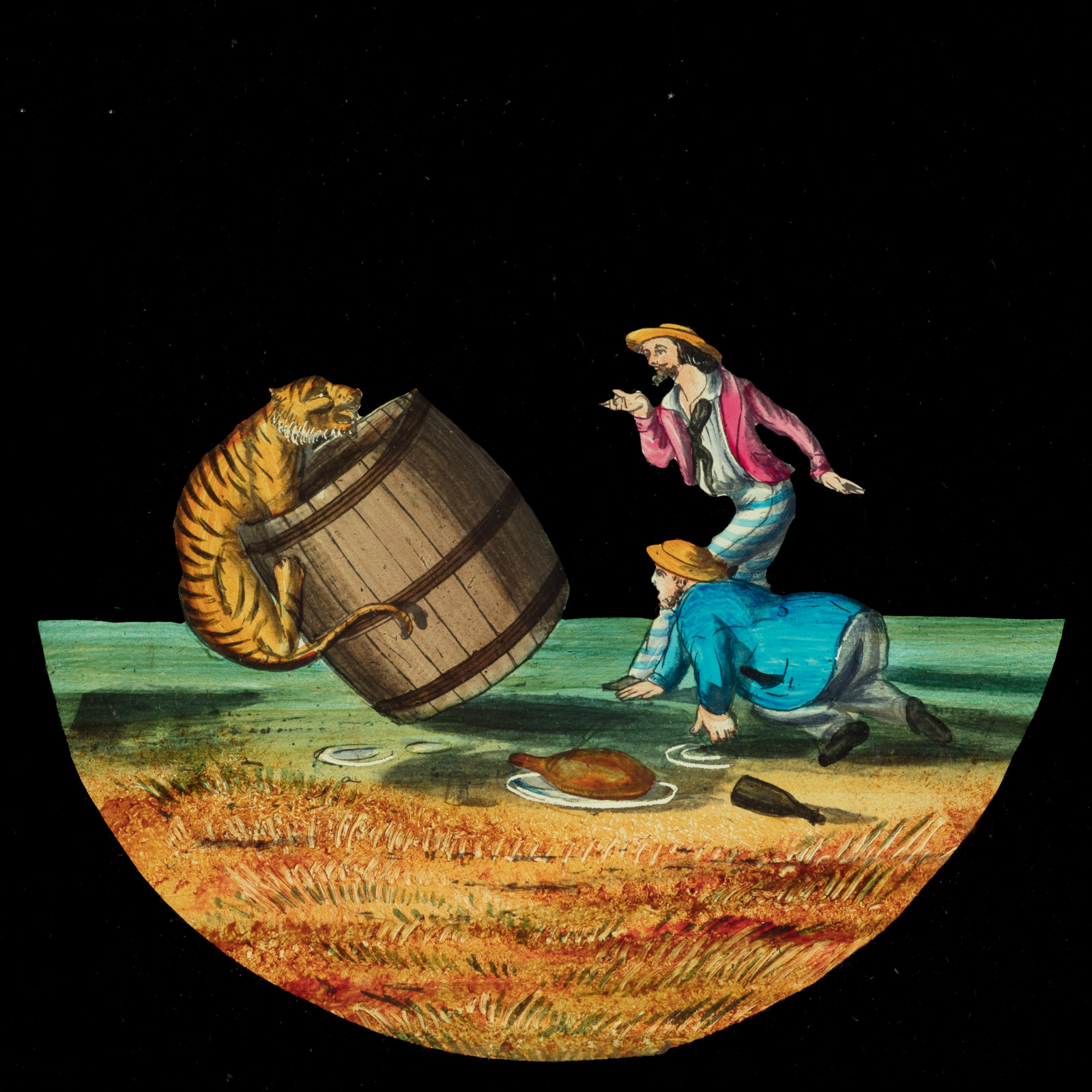
Tale of Tiger and Tub
‘Tiger in the Tub’ is a comic story, told in eight scenes, of two Anglo-Indian residents of Bengal who decide to have a picnic in the countryside
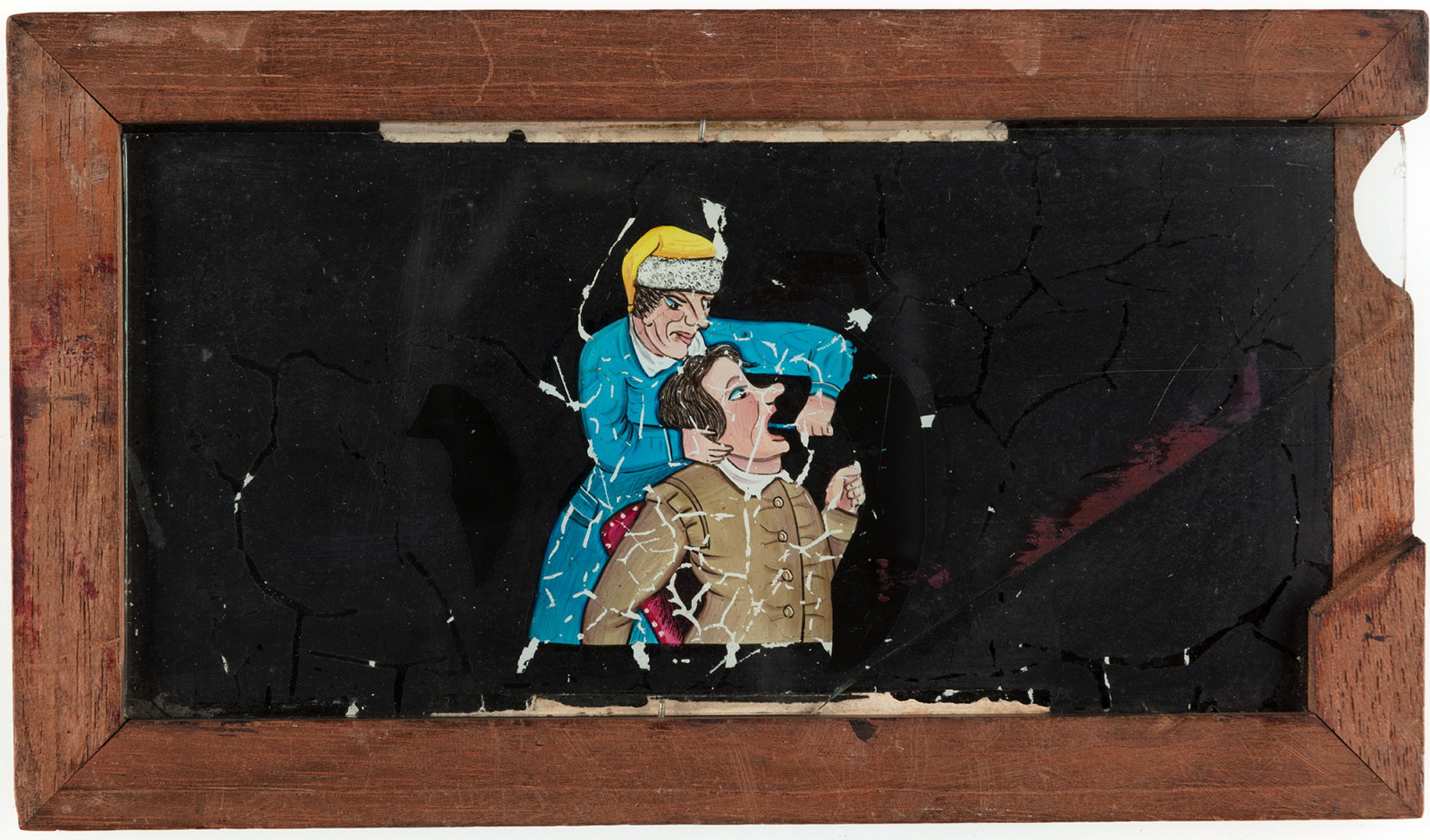
Comic sliders
The Rouse Hill Estate collection of magic lantern slides includes ten comic slip slides, also called sliders or slippers
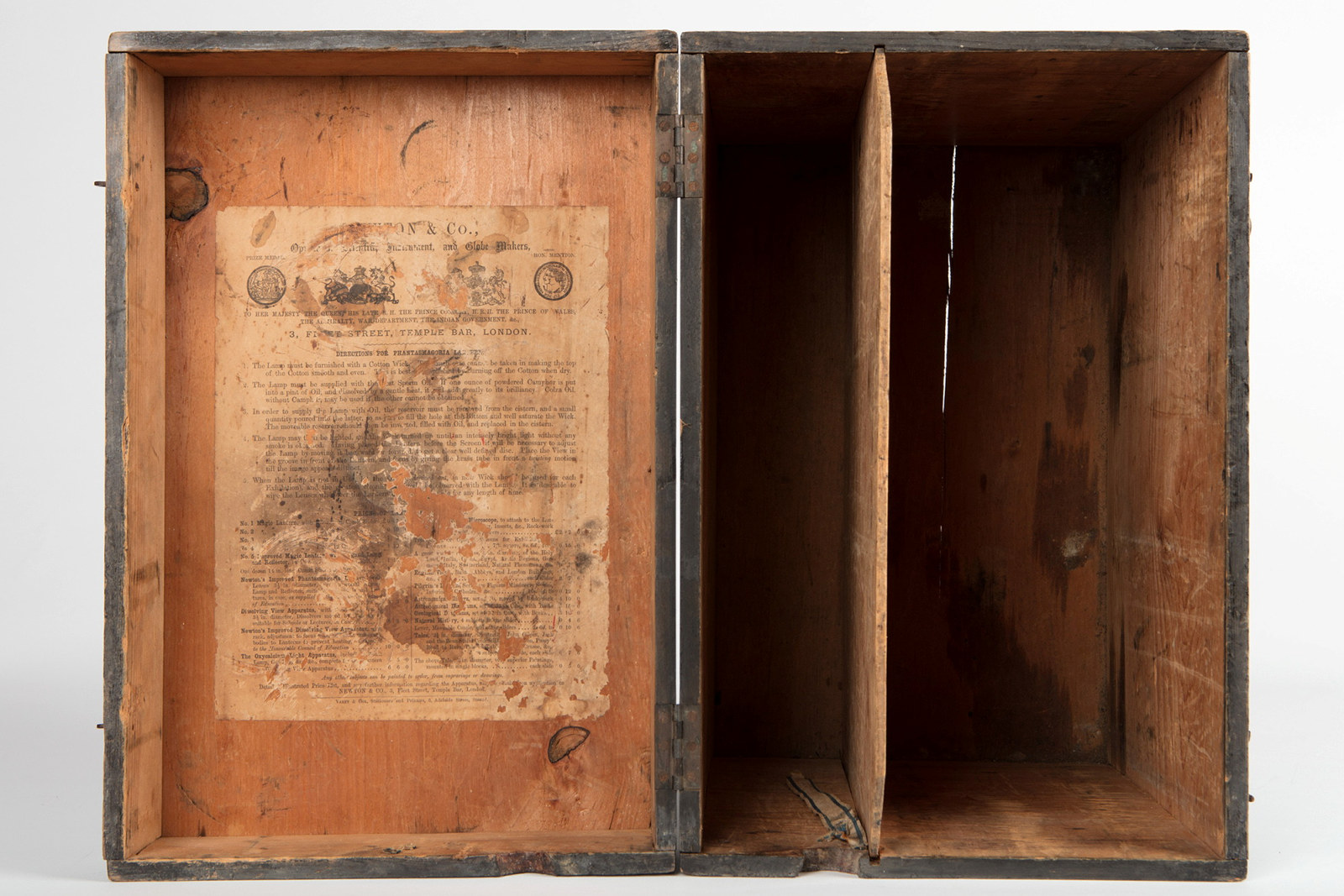
Newton & Co’s ‘Improved Phantasmagoria Lantern’
The magic lantern at Rouse Hill House was manufactured by Newton & Company, Opticians, Scientific Instruments and Globe Makers of Fleet Street, Temple Bar, London